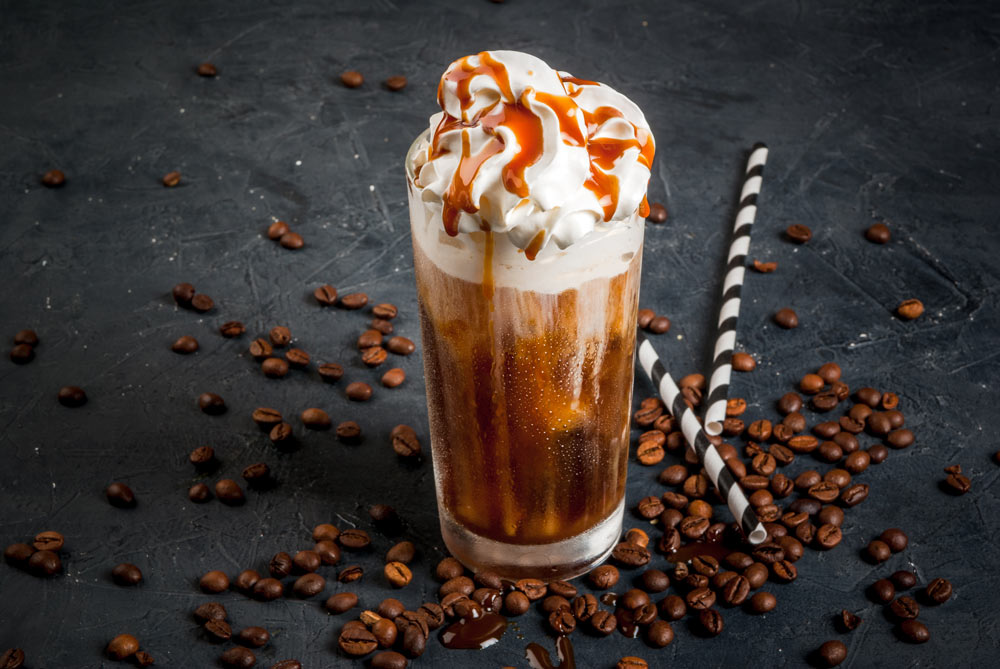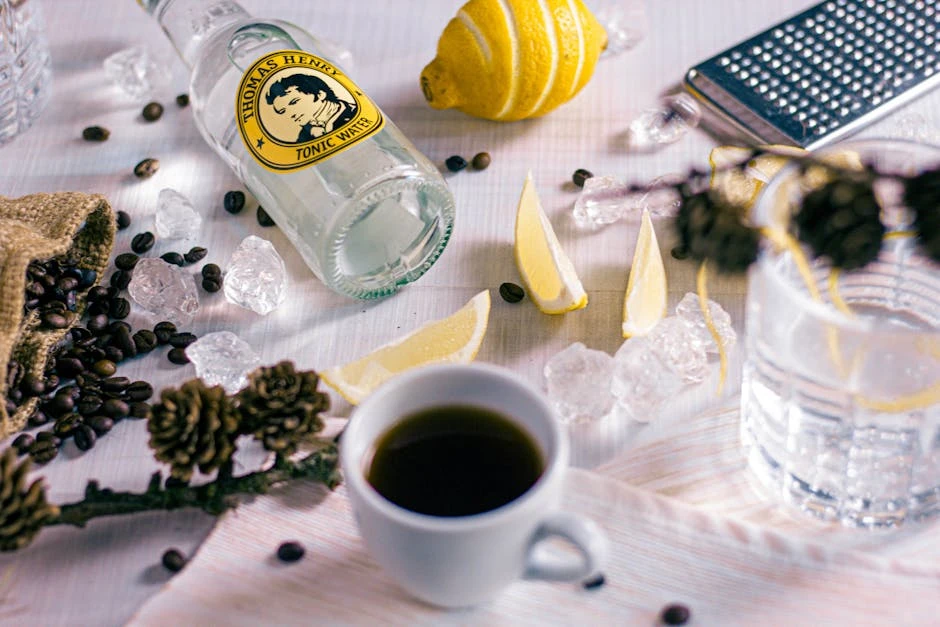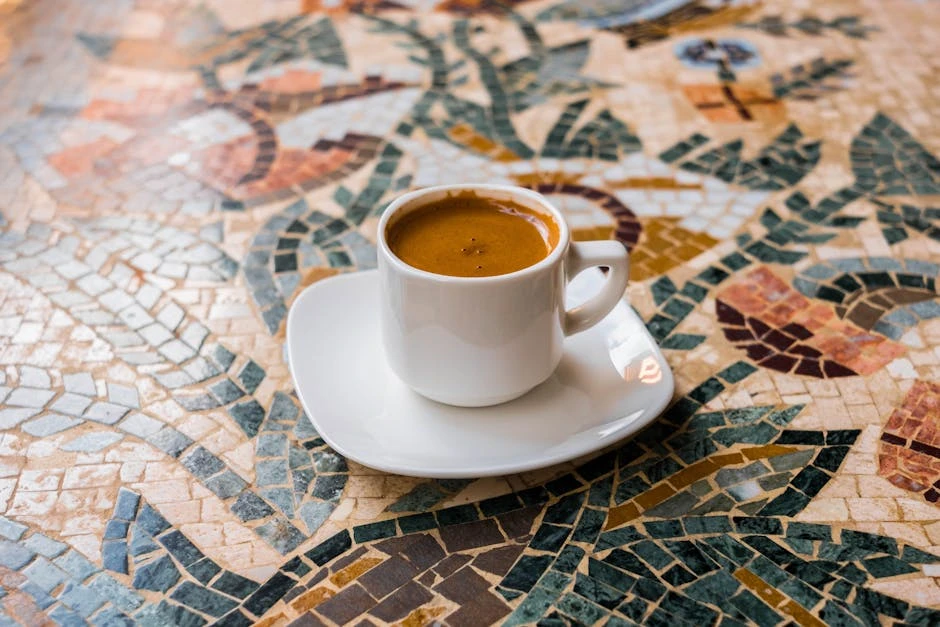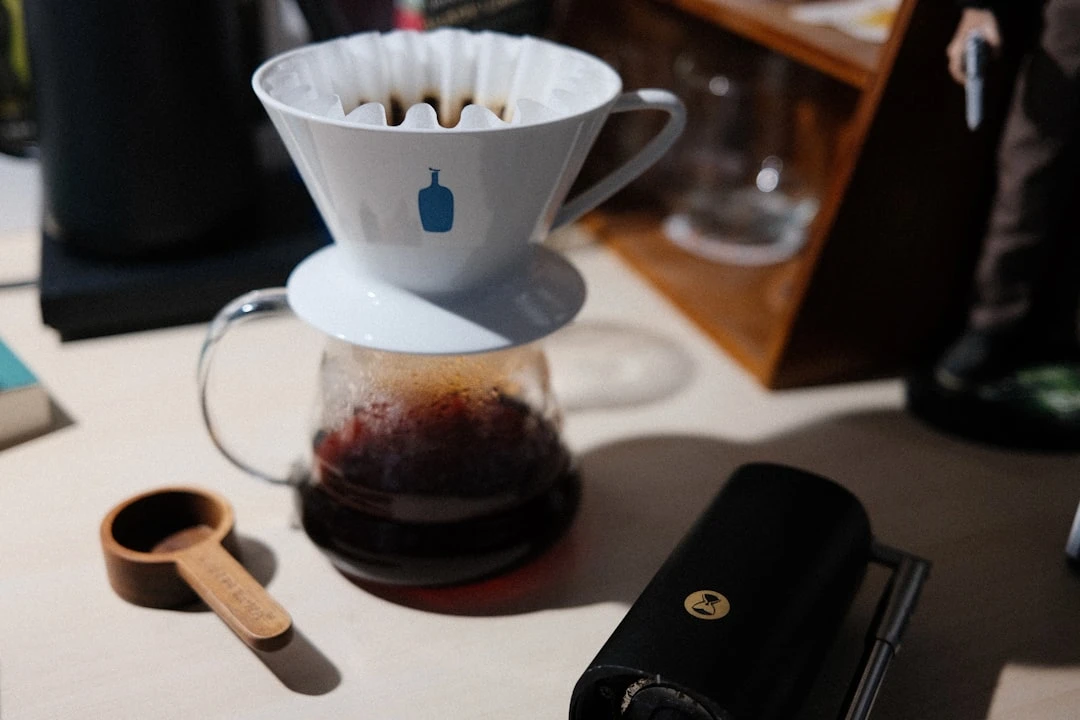Perfect Moka Pot Grind Size: Coarse vs Fine Coffee Guide 2025
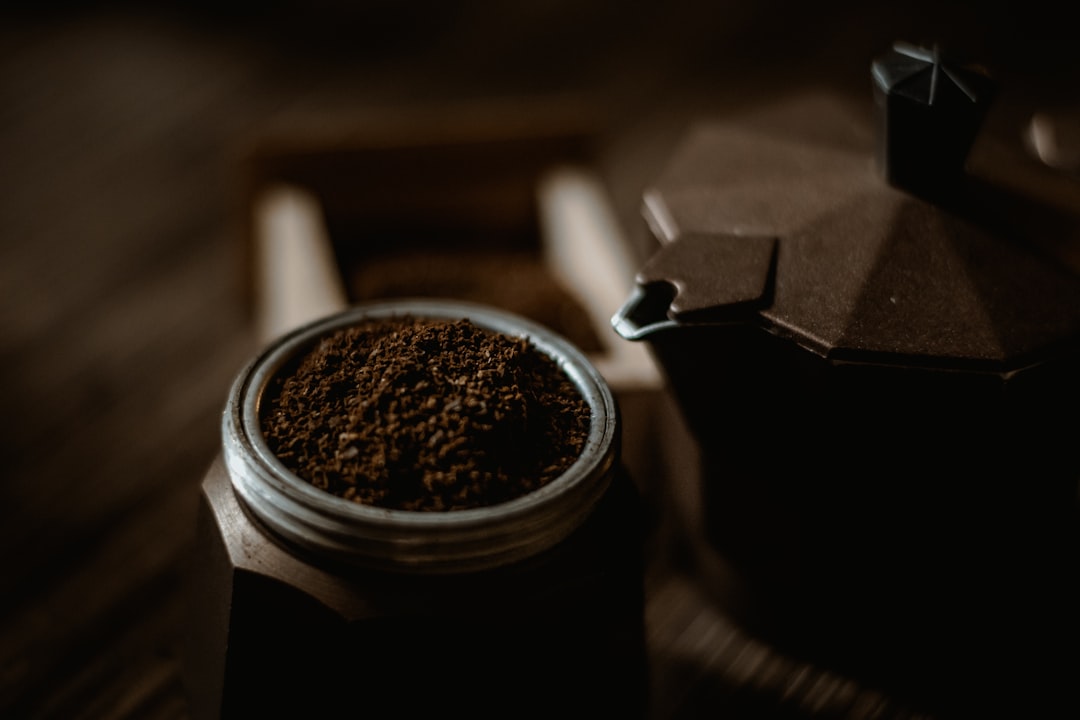
Ever wondered why your moka pot coffee tastes either watery or impossibly bitter? I've been there! After years of experimenting with different grind sizes and ruining countless batches of perfectly good coffee beans, I finally cracked the code. The grind size you choose for your moka pot can make or break your morning brew - it's honestly that important.
Here's something that'll blow your mind: a study by the Specialty Coffee Association found that grind consistency affects extraction by up to 40%. That means getting your moka pot grind size right isn't just a nice-to-have - it's the difference between café-quality stovetop espresso and disappointing coffee water.
What Makes Moka Pot Grind Size So Critical?
Let me tell you about the time I thought I could just use my leftover drip coffee grounds in my moka pot. What a disaster that was! The coffee came out so weak it tasted like brown water with a hint of regret.
See, moka pots work completely different from drip coffee makers. The pressurized brewing process forces hot water up through your coffee grounds at a much faster rate than gravity-fed methods. This means the water doesn't have as much contact time with the coffee, so you need the right particle size to extract all those delicious flavors quickly.
When your grind is too coarse, water rushes through without picking up enough coffee oils and compounds. You end up with that disappointing watery mess I mentioned. But grind too fine, and you create a bottleneck that over-extracts bitter compounds while potentially clogging your moka pot's filter.
I learned this the hard way when my moka pot started sputtering like an angry old car. Turns out I was grinding way too fine, creating back-pressure that made the whole brewing process unstable. The science behind it is pretty straightforward - particle size directly controls water flow rate and extraction efficiency.
Most people don't realize that optimal particle distribution matters just as much as average grind size. You want consistent particles that allow even water flow, not a mix of powder and chunks that creates uneven extraction. That's why investing in a decent grinder changed my entire moka pot game.
The Perfect Moka Pot Grind Size (Medium-Fine Explained)
After burning through probably 20 pounds of coffee beans experimenting, I finally nailed down the perfect moka pot grind size. It's medium-fine, which sounds vague until you know exactly what to look for.
Picture table salt - not the fine pouring salt, but regular table salt crystals. That's your target texture. The particles should be noticeably smaller than what you'd use for French press (which looks more like coarse sea salt), but definitely bigger than espresso powder.
Here's my foolproof test: rub a pinch of your ground coffee between your fingers. It should feel slightly gritty, not powdery smooth or chunky rough. If it feels like sand at the beach, you're in the right ballpark. Too smooth means you've gone too fine, too rough means you need to grind more.
I've noticed some interesting regional differences in grind preferences too. Traditional Italian families often go slightly coarser than what most American coffee guides recommend. My friend Marco from Rome swears by a grind that's just a touch coarser than medium-fine, claiming it prevents over-extraction with the longer brewing times his family prefers.
The key is finding what works with your specific moka pot and taste preferences. Start with medium-fine and adjust from there. If your coffee tastes weak or sour, go slightly finer. If it's bitter or harsh, back off to a coarser grind.
Visual cues are your best friend here. Good moka pot grounds should look uniform and consistent, without too many fine particles or large chunks. When you shake your grinder or storage container, the coffee should flow freely without clumping together.
Grind Size Troubleshooting: Fixing Common Problems
Oh boy, do I have stories about moka pot disasters! Let me walk you through the most common problems I've encountered and how grind size fixes them.
Weak, watery coffee was my biggest nemesis when I started. I'd get this pale brown liquid that barely tasted like coffee. The culprit? Grind too coarse. When particles are too big, water flows through too quickly without extracting enough flavor compounds.
I remember one particularly disappointing Sunday morning when I used pre-ground coffee meant for drip brewing. The result was so weak I actually tried brewing it twice - which, by the way, doesn't work and just makes everything worse.
Bitter, over-extracted coffee hit me from the opposite direction. When I first got my burr grinder, I went way too fine thinking "more surface area equals more flavor." Wrong! Super fine grinds create too much resistance, causing water to extract bitter tannins and making the whole brewing process take forever.
The sputtering problem I mentioned earlier is usually grind-related too. When your moka pot sounds like it's having a mechanical breakdown, check your grind size first. Too fine creates excessive pressure that forces steam and water through irregularly, causing that angry gurgling sound.
Clogged filters drove me absolutely crazy until I figured out the grind connection. Those tiny coffee particles slip through your initial filter and create a secondary clog in the upper chamber. Medium-fine grinds are large enough to stay put while still extracting properly.
Different coffee origins sometimes need slight grind adjustments too. I've found that bright, acidic beans from East Africa often benefit from a slightly coarser grind to prevent over-extraction, while darker roasts can handle being ground a touch finer.
Best Grinders for Moka Pot Coffee
After going through probably six different grinders in my coffee journey, I've learned what actually works for moka pot brewing. The grinder you choose makes a massive difference in consistency and flavor.
Manual burr grinders are honestly my favorite for moka pot coffee. They give you complete control over grind size and produce incredibly consistent results. My Hario Mini Mill has been a workhorse for three years now. Sure, it takes a bit more effort, but there's something satisfying about hand-grinding your coffee while the moka pot heats up.
The main advantage of manual grinders is their precision. You can make tiny adjustments to dial in your perfect grind size, and they don't generate heat that can affect coffee flavor. Plus, they're portable - perfect for camping trips with your moka pot.
Electric burr grinders are where things get really exciting if you're serious about coffee. I upgraded to a Baratza Encore last year, and the difference in cup quality was immediate. Consistent particle size means even extraction, which translates to better-tasting coffee every single time.
Here's something most people don't consider: grind retention. Cheaper electric grinders hold onto grounds between uses, which means you're getting stale coffee mixed with fresh. Look for grinders with minimal retention if you're switching between brewing methods.
Blade grinders get a bad rap, but they can work for moka pot if that's what you've got. The trick is pulsing rather than continuous grinding, and shaking the grinder between pulses to ensure even particle size. I used a blade grinder for my first year and still made decent coffee - it's definitely better than pre-ground.
For budget recommendations under $50, the Hario Mini Mill or Skerton Pro are solid choices. If you can stretch to $100-150, the Baratza Encore or Capresso Infinity will change your coffee game completely.
Grinding Techniques and Storage Tips
Fresh grinding transformed my moka pot coffee more than any other single change I made. The difference between coffee ground 30 seconds before brewing versus coffee ground a week ago is honestly shocking.
I used to buy pre-ground coffee and store it in the freezer, thinking I was being smart about preservation. Turns out I was actually making things worse! Coffee grounds lose flavor compounds rapidly once they're broken down, and freezing creates moisture issues that affect extraction.
Now I grind just what I need for each brew session. It takes an extra minute, but the flavor improvement is incredible. Fresh-ground coffee has this bright, vibrant aroma that pre-ground just can't match.
Batch grinding can work if you're brewing daily. I sometimes grind enough for 2-3 days and store it in an airtight container away from light and heat. Any longer than that, and you start losing noticeable flavor.
Temperature matters when grinding too. I learned this during a particularly hot summer when my electric grinder was generating so much heat it was actually cooking the coffee oils. Now I let my grinder cool between large batches, and I avoid grinding right after running the dishwasher or other heat-generating appliances.
Here's a storage tip that made a real difference: I keep my ground coffee in a small mason jar with a tight lid, stored in a cool cabinet away from the stove. Light and heat are coffee's biggest enemies after oxygen.
You can tell when your coffee grind has gone stale - it loses that rich aroma and starts smelling flat or even slightly rancid. Trust your nose; if it doesn't smell amazing, it won't taste amazing either.
Conclusion
Getting your moka pot grind size right transforms your coffee experience completely. Remember, medium-fine is your sweet spot - think table salt texture, not beach sand or flour. I've learned that consistency matters more than perfection, so don't stress if your first few attempts aren't café-quality.
The beauty of moka pot brewing lies in its simplicity, but that doesn't mean you should overlook the fundamentals. Invest in a decent grinder, experiment with different grind sizes, and most importantly, taste as you go. Your perfect cup is just a few adjustments away!
Related Articles
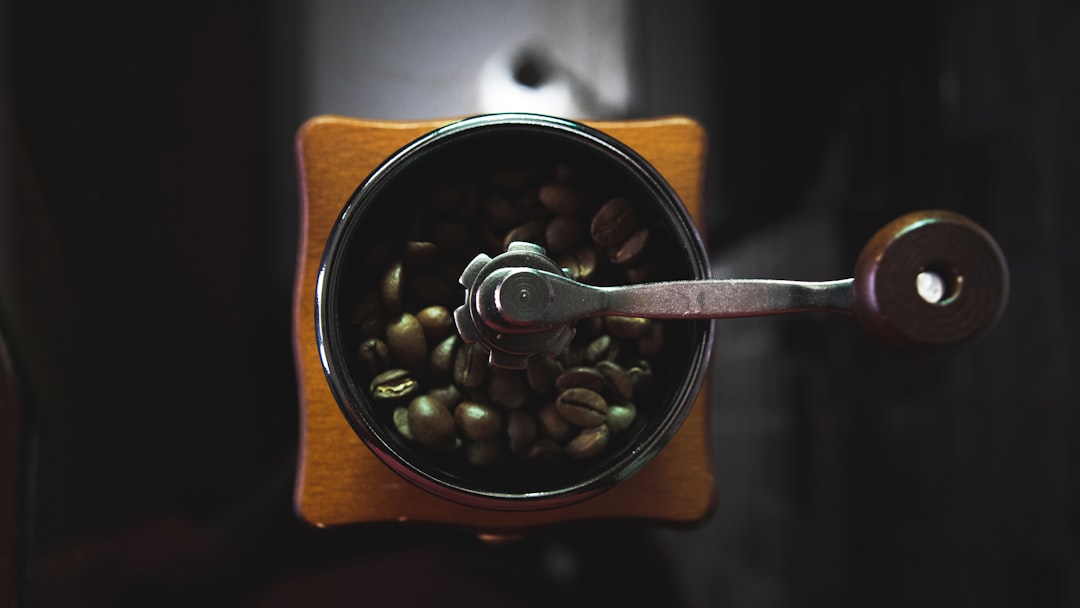
Best Grind Size for French Press Coffee
Read More →